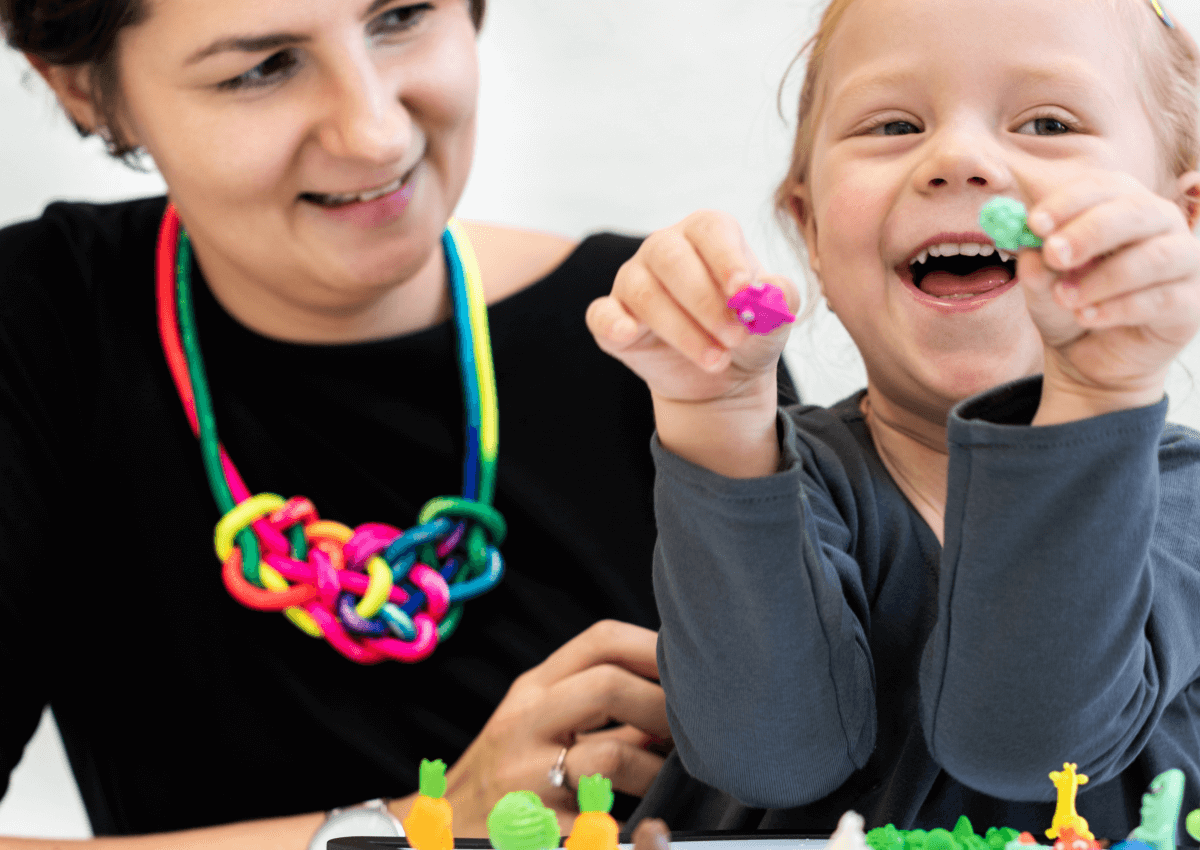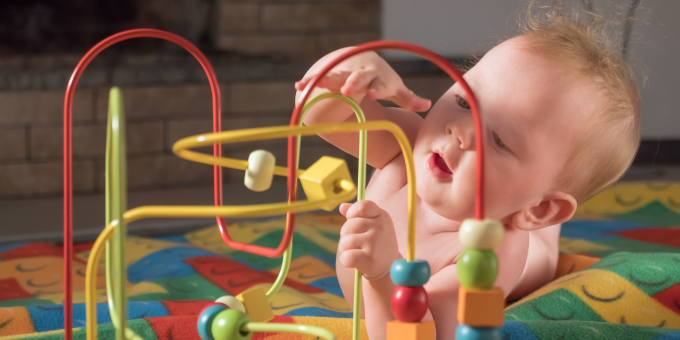
What is Sensory Processing: Everyday we are constantly taking in sensory input and processing it. This is done by our senses! The 5 common ones known are: touch, smell, sight, sound, and taste. We also have 3 more that are lesser known: vestibular (movement), proprioception(awareness of body in space), and interoception (awareness of inside body). For many people, they are able to process all this sensory input from the world around them and carry on with their daily activities; however, some find it difficult to process these sensory inputs and it impacts on their ability to engage in the things that they want to do or are expected to do.
An Occupational Therapist can work on helping to solve what the child’s processing needs/barriers are and what their response is to sensory inputs. From there, the Occupational Therapist will work on finding what strategies and techniques work best for the child to create more appropriate responses that allow the child to engage in activities in a meaningful way.
A sensory diet may be recommended by an Occupational Therapist. A sensory diet is something that a child can utilise not just once a week in therapy, but in other areas of their life (e.g. school and home). A sensory diet may include things such as:
Heavy work activities: Heavy work is beneficial in helping a child to feel that muscles and joints working! This can be used to help a child that is craving a lot of movement or a child that is more lethargic. Some heavy work activities could be playing on a playground, helping with the gardening, pushing a trolley, doing funny animal walks, helping with the groceries, and playing with playdough.
Deep pressure activities: Deep pressure activities can be used to help a child feeling overwhelmed and over stimulated. These activities could be wrapped into a blanket like a burrito, snuggling into a bean bag or even being buried (but leave face uncovered), or enjoying a bear hug or massage.
Movement activities: Movement based activities can be used both to help calm down an over stimulated child or help to stimulate an under-responsive child. Please keep in mind that sometimes movement based activities can be scary or overwhelming and should always be based on what the child feels comfortable with. You can always make movement activities less scary for a child by letting them sit or lie down instead of standing to do it. Some movement activity ideas are: trampolines, swings, slides, rolling, hanging upside down, spinning in circles or playing a game of leapfrog!
Quiet space activities: It can be beneficial for children that have sensory processing issues to have a quiet space with things that they can use to help them regulate their sensory needs. It can be used to help stimulate them or help them to feel calm and safe. This space can be tailored to the child’s needs. Some examples of things that they may have in their quiet space are: bean bag chair to snuggle into, giant pillow to crash into, a little tent to hide in, a lava lamp or aquarium to look at, headphones to listen to music, and/or objects of different textures and weights for child to fiddle with.
Oral motor activities: Some children try to get tactile or proprioceptive feedback orally by chewing on things they should not! This can be redirected into blowing bubbles, drinking through a straw, chewing gum or a chew stick, or eating crunchy food like carrots.
References:
https://www.theotpractice.co.uk/how-we-help/conditions/sensory-processing-disorder
Author: Laikien Daggett, Occupational Therapist




